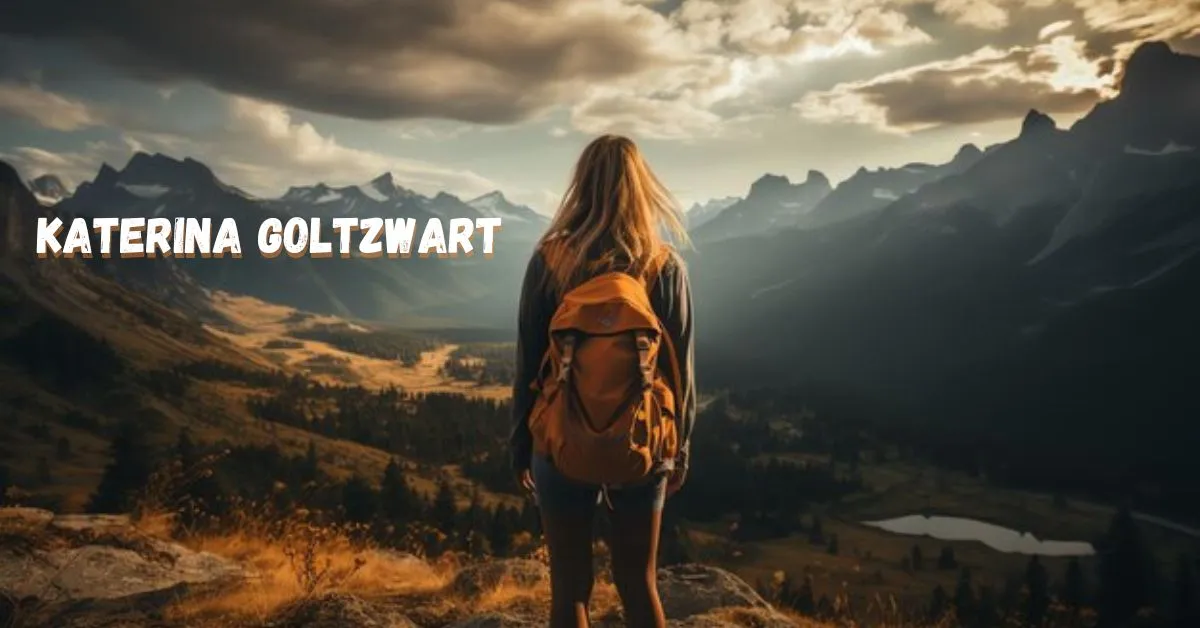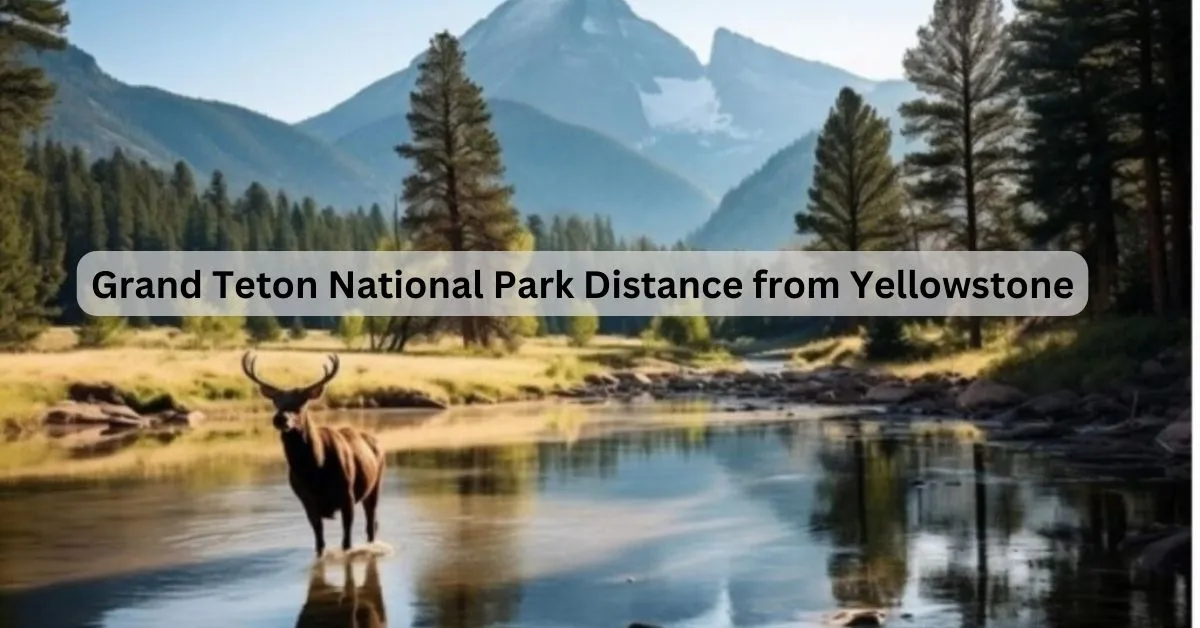Grand Teton National Park Distance from Yellowstone, famous for their diverse wildlife, breathtaking scenery, and abundant outdoor activities, Grand Teton National Park and Yellowstone National Park are two of the most celebrated tourist destinations in the US. Both parks offer unique beauty, and many tourists are eager to know the distance between them and the best route to travel from one to the other.
Understanding The Importance
Knowing the distance between Grand Teton and Yellowstone is essential for planning a visit to these natural wonders. Travel times and distances help tourists optimize their schedules, allowing for a more relaxed and enjoyable experience and enabling efficient itinerary planning.
ALSO READ:Lead-In To Lingo: Mastering The Art Of Effective Communication
Distance Between Grand Teton National Park and Yellowstone
Grand Teton National Park, located in northwest Wyoming, lies immediately south of Yellowstone. The distance between the two parks varies based on your starting and ending points within each. On average, there are about 31 miles between the southern entrance of Yellowstone (near Jackson, Wyoming) and the northern entrance of Grand Teton.
Transportation Options
There are various transportation options to suit different budgets and preferences when traveling between Grand Teton and Yellowstone. Tourists can choose from private vehicles, shuttles, rental cars, or guided tours. Driving is a popular choice due to the well-maintained roads connecting the parks.
Driving Distance And Time
The drive from Yellowstone’s southern gate to Grand Teton’s northern entrance typically takes 45 to 60 minutes, depending on traffic and route. This estimate might vary slightly, adding a bit of spontaneity to the journey.
Scenic Routes And Attractions
The drive from Grand Teton to Yellowstone is truly memorable, offering the chance to stop and enjoy beautiful scenery. The route features stunning lakes, expansive meadows, and the majestic Teton Range. Photographic opportunities abound at iconic spots like Oxbow Bend and the Snake River Overlook.
Weather Considerations
When planning a trip from Grand Teton to Yellowstone, it’s beneficial to consider the weather, especially in winter. The changing seasons enhance the trip, offering unique experiences throughout the year. Always check for road updates and weather forecasts to ensure a smooth journey.
Activities To Enjoy
Both Grand Teton and Yellowstone offer a plethora of outdoor activities. Whether it’s fishing, photography, hiking, or wildlife viewing, there’s something for everyone. Popular activities in Grand Teton include hiking to Hidden Falls, taking a boat tour of Jenny Lake, and going on wildlife safaris to see grizzly bears, bison, and elk.
Accommodation Options
For those planning to stay more than a day in each park, a variety of accommodations are available nearby. Visitors can choose from rustic lodges and cabins, modern campgrounds, and RV parks. Booking accommodations in advance, especially during peak seasons, ensures a comfortable and enjoyable stay.
Wildlife Sightings And Safety Tips
Grand Teton National Park is home to numerous animals, such as eagles, bears, wolves, and moose. Seeing wildlife up close is exciting and enriching, and following safety guidelines enhances the experience for both visitors and animals. Keep a safe distance from animals, avoid feeding them, and store food securely to prevent attracting wildlife to your campsite.
Visitor Centers And Information Resources
Visitor centers and information services at Grand Teton and Yellowstone are invaluable for maximizing your visit. Park rangers and staff provide excellent guidance on park regulations, trail conditions, and upcoming events, enriching the visitor experience.
Best Times To Visit
The best time to visit Yellowstone and Grand Teton National Parks depends on personal interests and preferences. Summer is vibrant with outdoor activities and abundant wildlife viewing, while spring and fall offer beautiful foliage and fewer crowds. Winter is perfect for those who enjoy snowshoeing, cross-country skiing, and snowmobiling, creating a winter wonderland experience.
Tips For Planning A Trip
Here are some tips for planning your visit to Grand Teton National Park from Yellowstone:
- Allocate enough time for each park in your itinerary to fully appreciate its beauty.
- Stay updated on travel conditions, including weather and road status, to ensure a smooth trip.
- Pack essentials like food, water, sunscreen, insect repellent, and layers of clothing for comfort and safety.
- Follow park regulations and respect wildlife for a safe and harmonious experience.
- Take breaks during your drive to stretch, relax, and enjoy the scenery, enhancing the journey.
READ MORE:Dive into the World of Zinmanga: Your Ultimate Guide to Free Manga
Conclusion
Traveling between Grand Teton National Park and Yellowstone offers stunning vistas and thrilling adventures. Outdoor enthusiasts will love exploring these iconic parks, experiencing majestic mountains, observing wildlife in their natural habitats, and enjoying a variety of activities.
FAQs
How far is Grand Teton National Park from Yellowstone?
On average, there are about 31 miles between Grand Teton and Yellowstone, though this might vary depending on the entrance locations.
What Is the Best Way to Travel Between Grand Teton and Yellowstone?
Guests have several options for travel, including shuttles, private cars, guided tours, or rental cars.
What Are Some Must-See Attractions Along the Way Between Grand Teton and Yellowstone?
Scenic overlooks like Oxbow Bend and Snake River Overlook offer breathtaking views of the Teton Range and surrounding landscapes.
Are there accommodation options available near Grand Teton and Yellowstone?
A variety of lodging options are available nearby, including lodges, cottages, campgrounds, and RV parks.
What Wildlife Can Be Seen in Grand Teton and Yellowstone?
Both parks are home to a variety of animals, including bears, wolves, moose, bison, elk, and many other species.










